T-7A Red Hawk Completes Taxi Tests Ahead Of First Flight
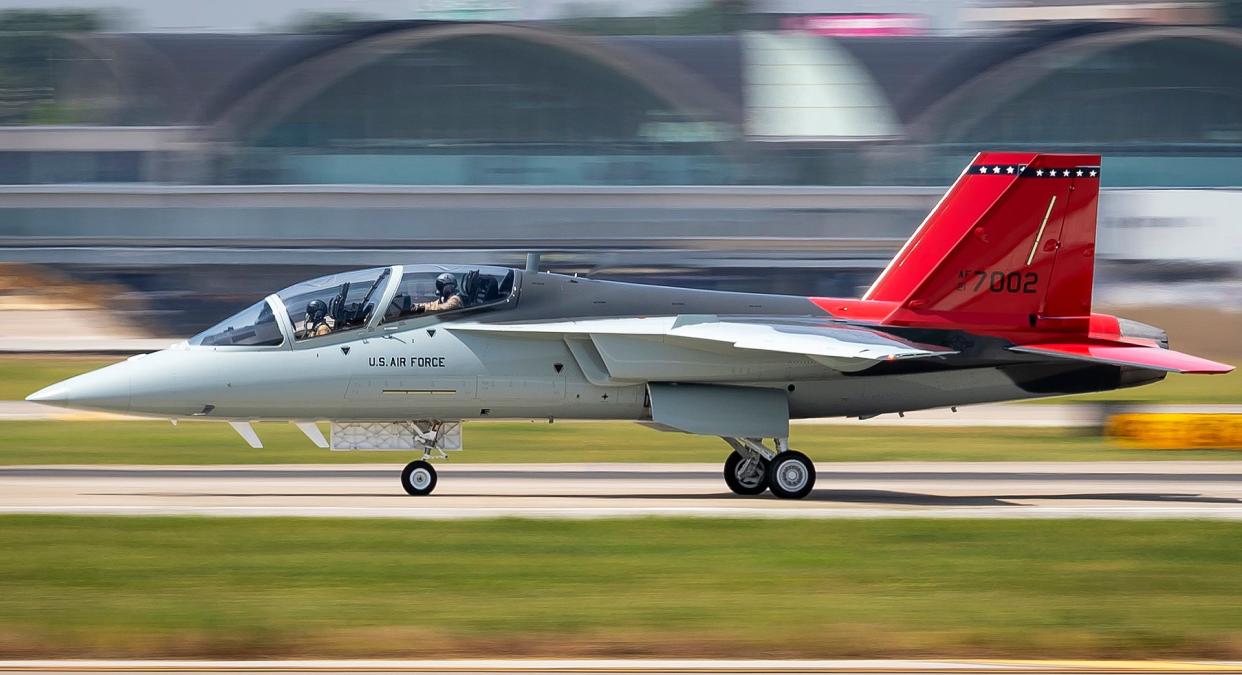
The U.S. Air Force is a step closer to receiving its new advanced jet trainer, after the Boeing T-7A Red Hawk successfully completed taxi tests, ahead of the first flight of the aircraft in its production form. The ground-based tests have proven the power, electrical, and mission systems aboard the jet, a critical milestone on the path to getting the production-standard T-7A ready for flight testing, scheduled to begin later this summer.
The aircraft used for the taxi trials is one of five engineering and manufacturing development (EMD) aircraft that follow on from the two company demonstrators that are already engaged in the flight-test program. However, those first two jets were not fully representative of the final production configuration.
https://twitter.com/BoeingDefense/status/1671144898144227331?s=20
“The flight controls and commands to the fly-by-wire system were crisp and the aircraft maneuvered exceptionally well,” said Steve Schmidt, Boeing’s T-7 chief test pilot, in a company statement. “Everything operated as designed and expected.”
“Our priorities are developing this advanced trainer and getting it to future fighter and bomber pilots,” said Evelyn Moore, vice president, and T-7 program manager. “This test brings us one step closer to the T-7A Red Hawk taking to the skies.”
The first EMD aircraft is planned to take to the air in the coming weeks, initially flying from Boeing’s St. Louis, Missouri, facility, before moving to Edwards Air Force Base, California, in the fall.
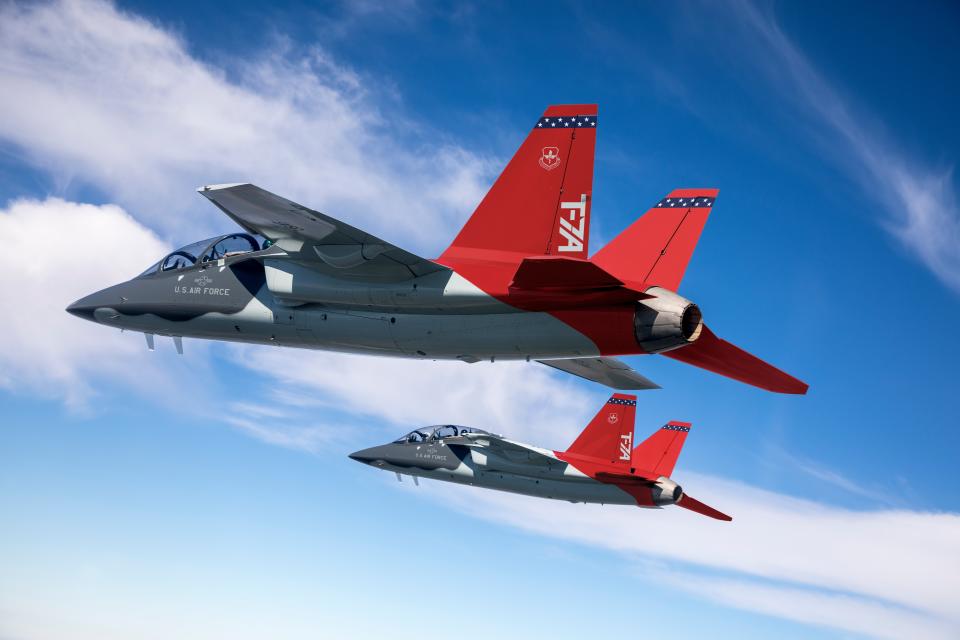
In the background to this positive news from Boeing is the very real fact that the T-7A is running late, which not only means that the company has so far lost $1.1 billion on the fixed-price contract signed with the Air Force but also that that service’s continuing pilot shortage is further compounded. While the Air Force says it should take 18 months to train mobility pilots and more than two years for fighter and bomber pilots, in reality, it can take up to four years, due to the lack of training aircraft available. You can read much more about this issue here.
The first of the two production-representative jets for the T-7A took to the air in December 2016 and the company says that these have flown “up to six sorties a day,” resulting in more than 7,000 data and test points to date.
The T-7A was selected in 2018 to replace the Air Force’s aging T-38C Talon. At one time, the Air Force was slated to get its first five production T-7As in 2023, but this has now slipped to December 2025 at the earliest. Meanwhile, the Red Hawk is not now expected to enter service until 2027 — three years later than originally planned.
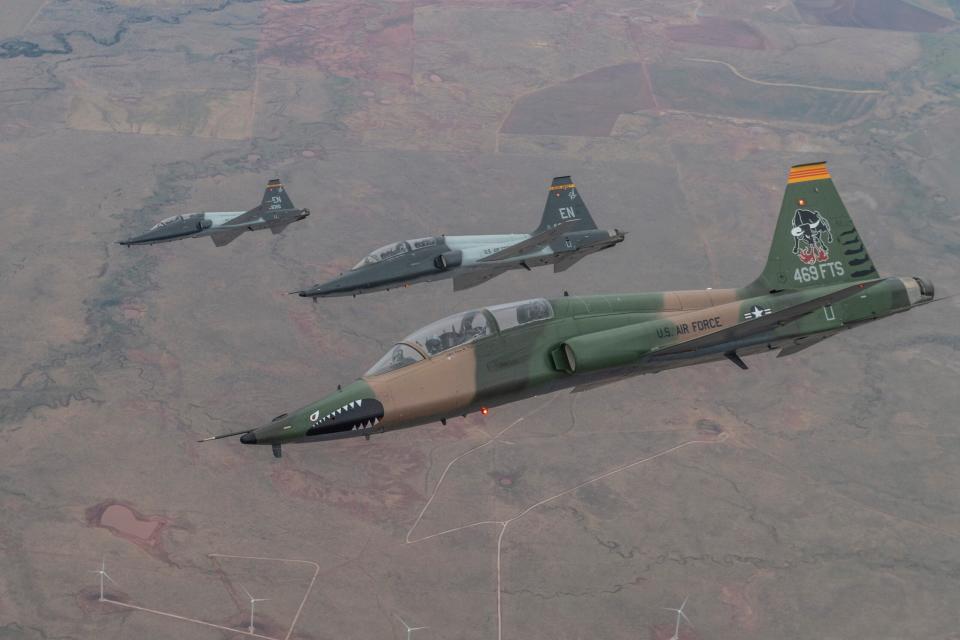
As Andrew Hunter, the assistant secretary of the Air Force for Acquisition, Technology, and Logistics, recently explained:
“Due to issues discovered in the early development and test phase of the program, the Air Force is delaying its Milestone C decision to initiate the buy of T-7A production aircraft. By extension, this will shift the T-7A program’s initial operational capability (IOC) into the spring of 2027. We are pursuing risk reduction activities to mitigate some of these schedule challenges.”
Among the problems that have affected the new trainer is wing-rock at high angles of attack (something Boeing says is now “resolved”) and limitations in the crew escape system — the ACES 5 ejection seats have been judged unsuitable for certain aircrew body types, particularly smaller, lighter female pilots.
https://www.youtube.com/watch?v=lni0F93RdsQ
More generally, part of the reason for the holdup, it seems, is the fact that the much-heralded ‘digital design and engineering’ ethos that underpins the T-7A hasn’t worked out exactly as planned.
As we explored in our recent deep dive on the status of the T-7A program:
“The Red Hawk was expected to begin a new era in rapid design and engineering with iterative development carried out in the virtual world via modeling and simulation without having to bend metal or conduct extensive real-world testing. Systems integration would be accelerated and the time from the first flight to production significantly compressed.”
That, at least, was how it was meant to happen, although now even Dr. Will Roper, the former assistant secretary of the Air Force for Acquisition, Technology and Logistics, and perhaps the closest there is to a ‘digital design and engineering guru’ has raised questions about possible over-reliance on this kind of approach.
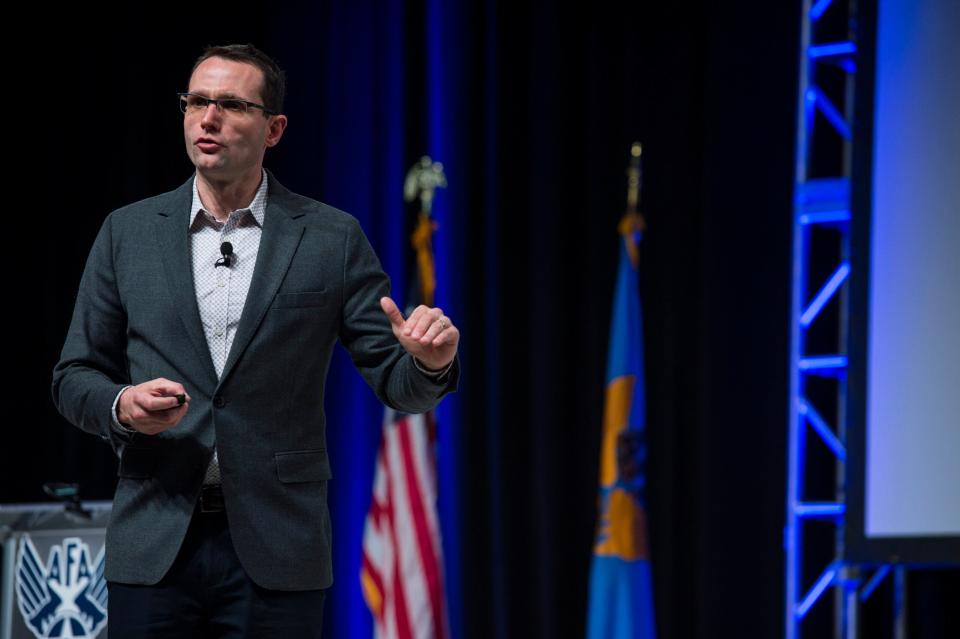
“Digital engineering isn’t magic,” Roper told The War Zone recently. “Just because you use it doesn’t mean that all the problems of acquisition get out of your way.” Roper also warned about the risks inherent in fixed-price development contracts, for both customer and manufacturer.
More recently still, the Air Force’s own boss, Frank Kendall, has also moved to downplay some of the expectations surrounding digital engineering processes, in particular as they relate to new aircraft programs. In his words, the promise of digital engineering has been “over-hyped.” Kendall said that digital tools might help cut costs and reduce schedules by around 20 percent, certainly nothing to slouch at, but he warned against seeing this approach as a revolution in engineering.
https://www.youtube.com/watch?v=tSGX1NAc6ZE
Boeing, too, has described the T-7A as “the pathfinder for digitally designed, built, and tested aircraft.” The company added: “As with any new development program, challenges occur but our commitment to fielding this advanced trainer for future fighter and bomber pilots remains unwavering.”
Partner to Boeing on the T-7, the Swedish company Saab has been building the aft section of the trainer at its Linkoping facility. Before long, however, Saab will start manufacturing these components in the United States, at a facility in West Lafayette, Indiana. Saab has also touted the way that its experience in digital engineering technologies have been used in the program.
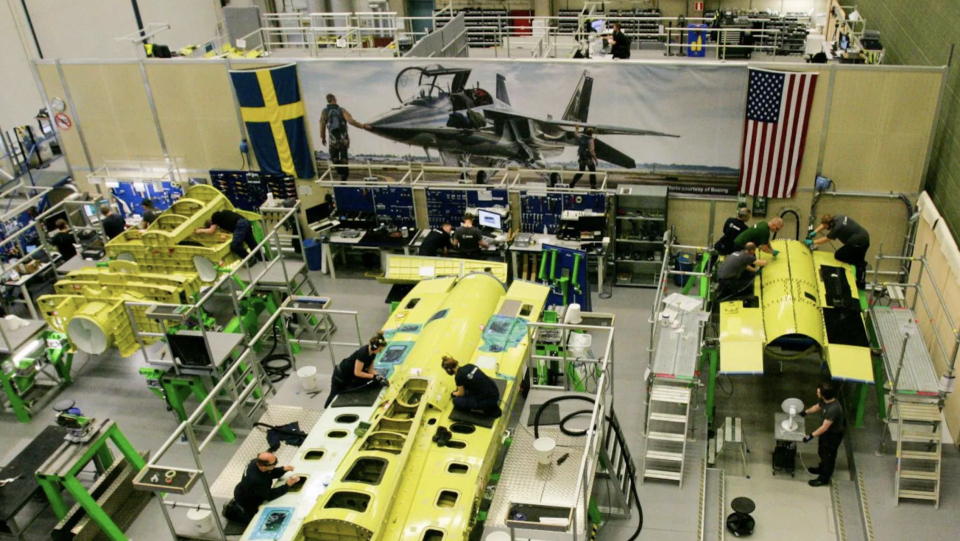
Generally, the Air Force and Boeing alike have been reluctant to talk about exactly how the delays in the T-7A program will affect the pilot training pipeline, which is already facing some considerable challenges.
The one this that is clear, however, is that the Air Force will be asking more of its T-38 fleet.
“T-7A delivery delays will not slow the production of [Air Education and Training Command] pilot graduates,” Capt. Lauren Woods, a spokesperson for the command told The War Zone. “However, it will force the use of the venerable T-38C longer than planned.”
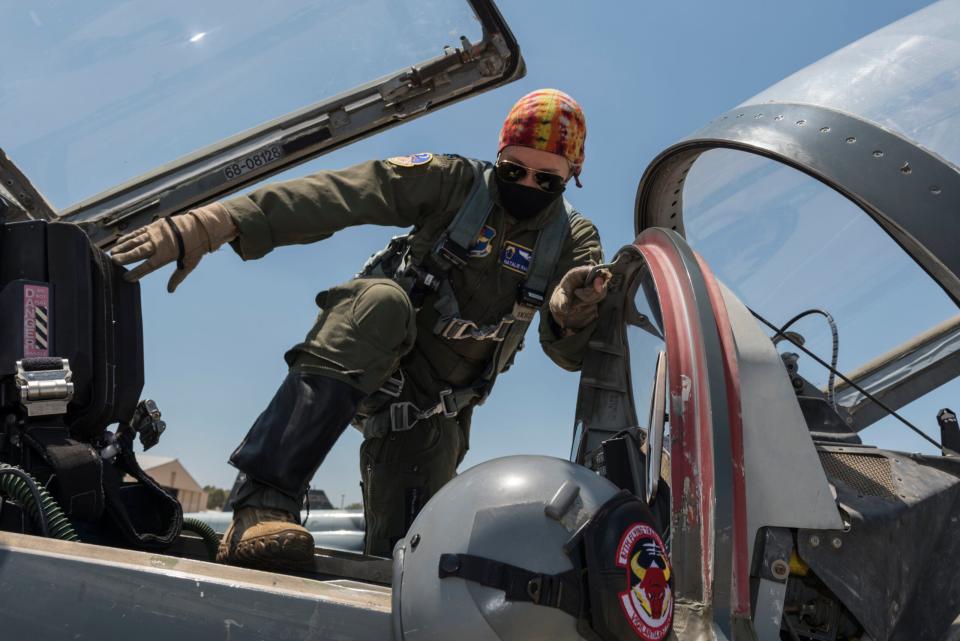
Already in service since 1961, the T-38 suffers from maintenance issues and its recent career has been punctuated by an unfortunate series of mishaps, fatal and non-fatal. Delays in refurbishing the T-38’s General Electric J85 turbojets have also kept many of the aircraft on the ground, leading to more trainer shortages.
It seems almost certain the T-38 will have to continue training Air Force pilots into the 2030s, hardly a glowing endorsement of the digital engineering approach. With the news that the T-7A has successfully completed taxi tests, however, there is at least some more positive news for the program. There is no reason why, in the long run, the Red Hawk shouldn’t fulfill its training promise, and potentially perform other roles, too.
Until then, however, Boeing may have to absorb more financial losses and the rapidly aging T-38 will have to soldier on, but in the long run, the T-7 still has the potential to be a major boon for the storied plane maker.
Contact the author: thomas@thedrive.com

